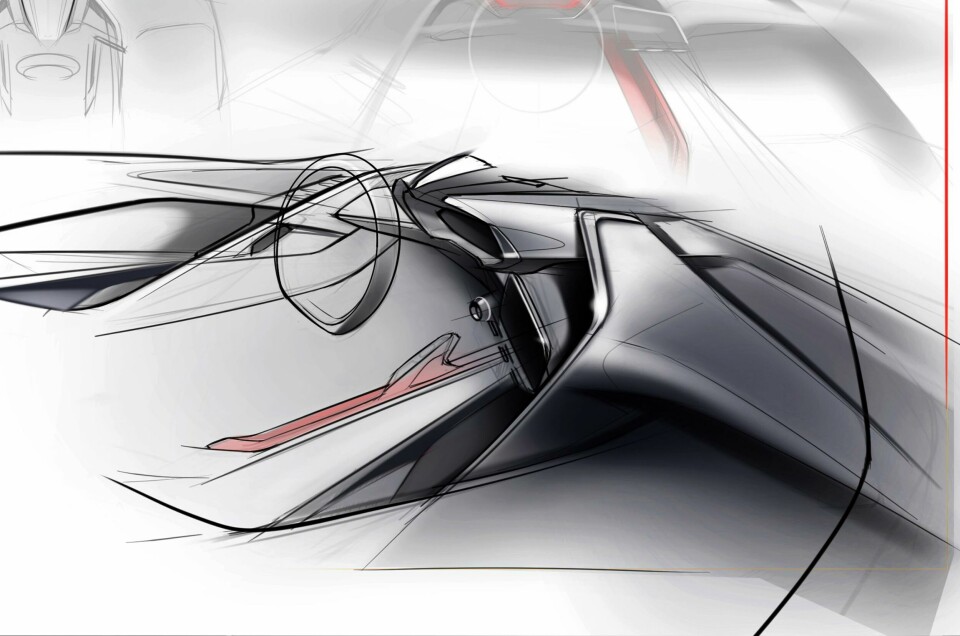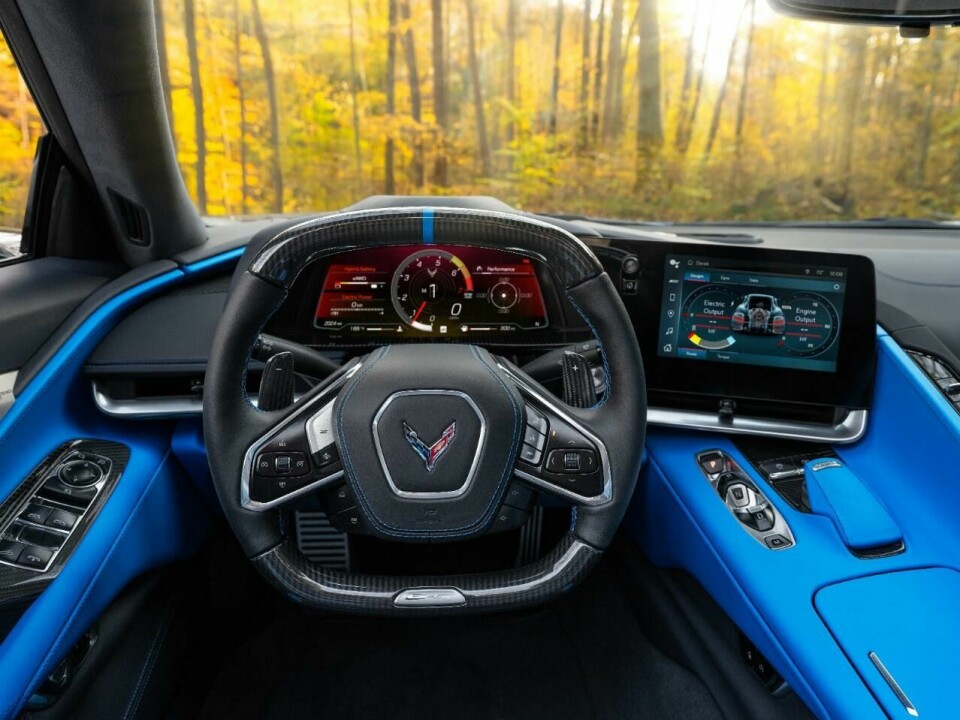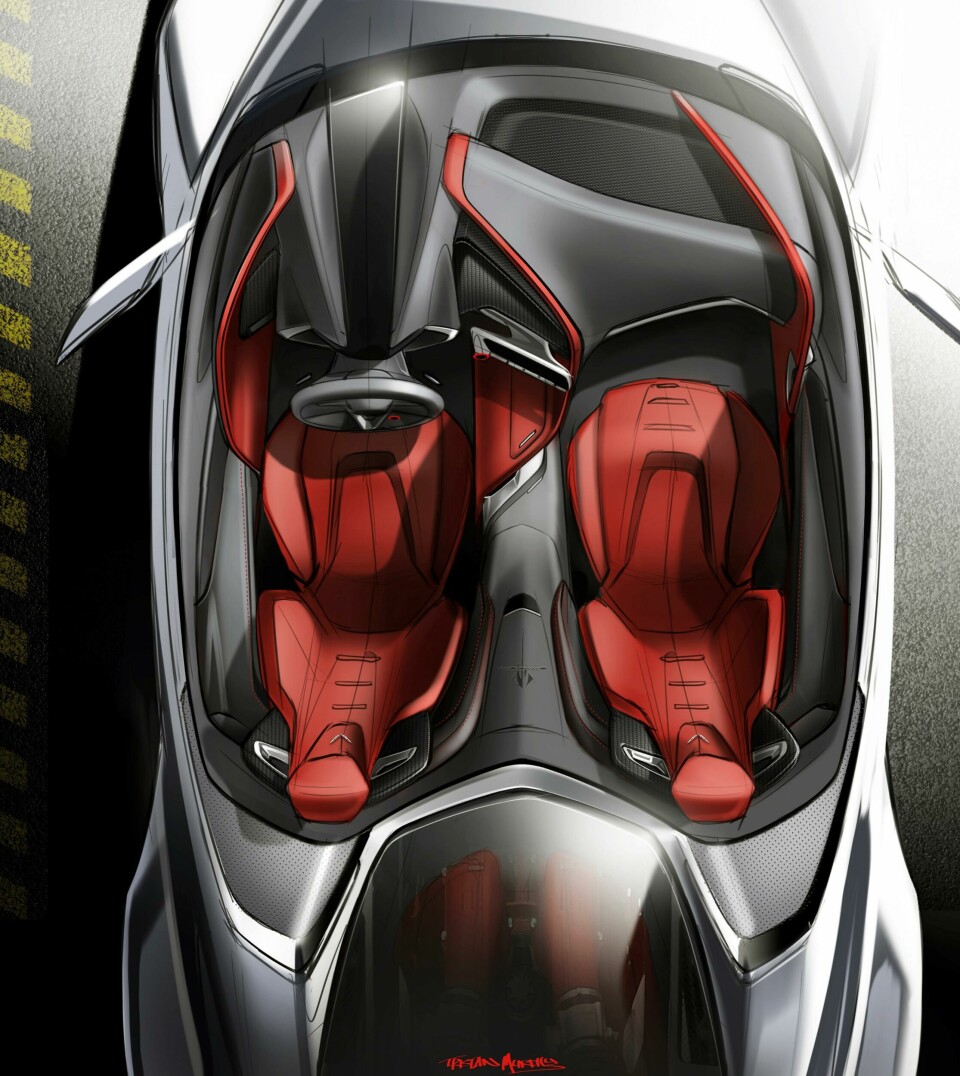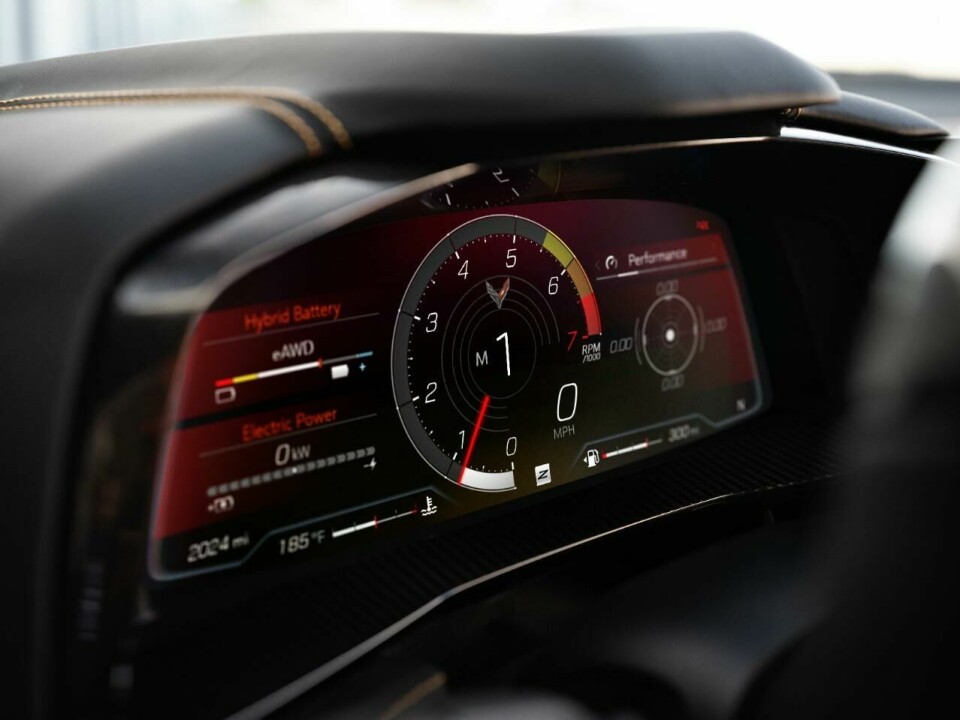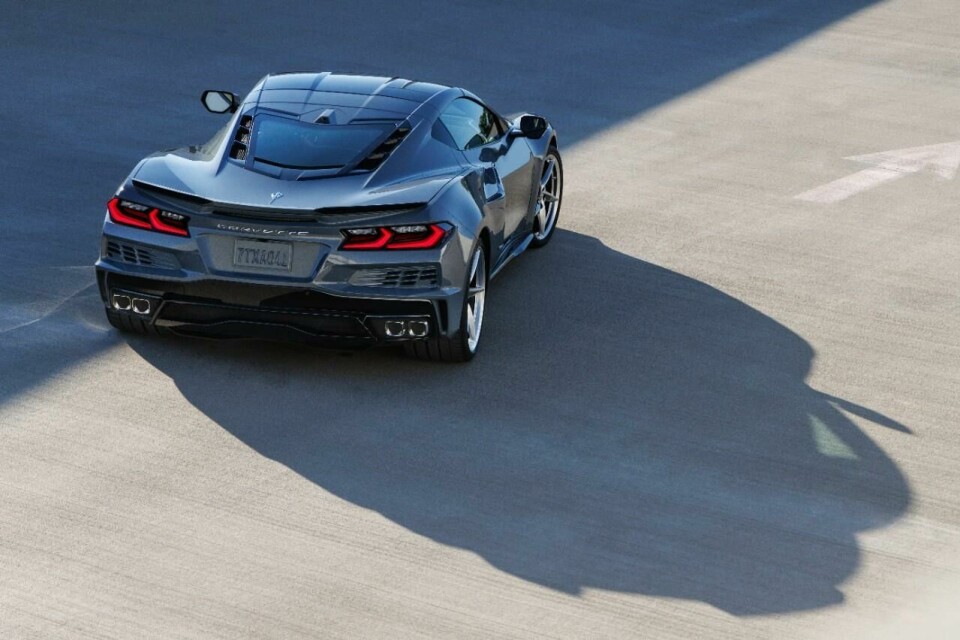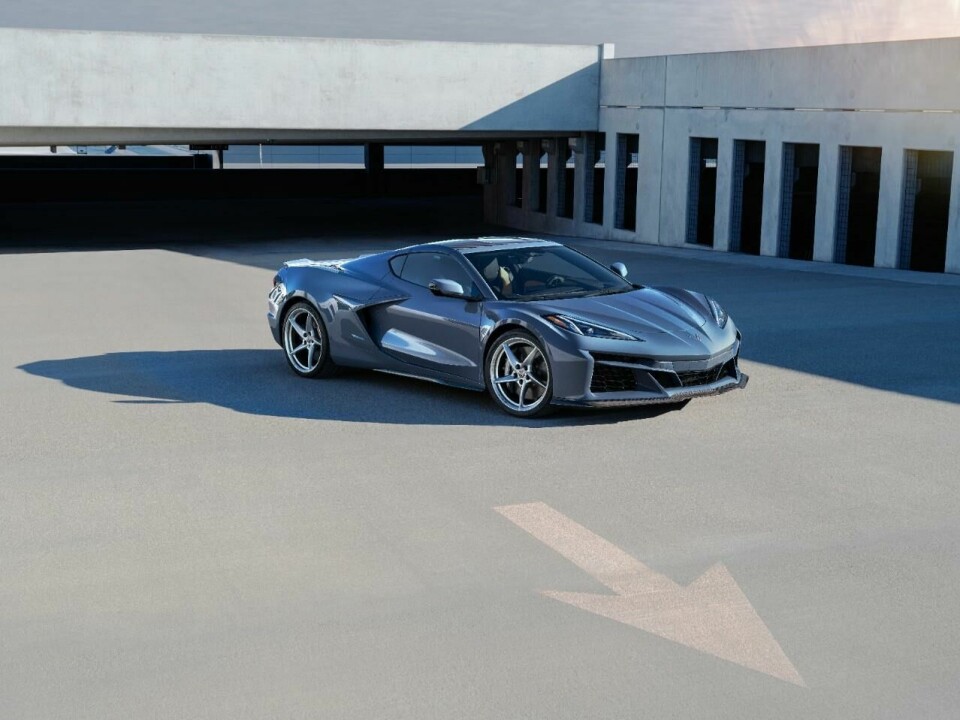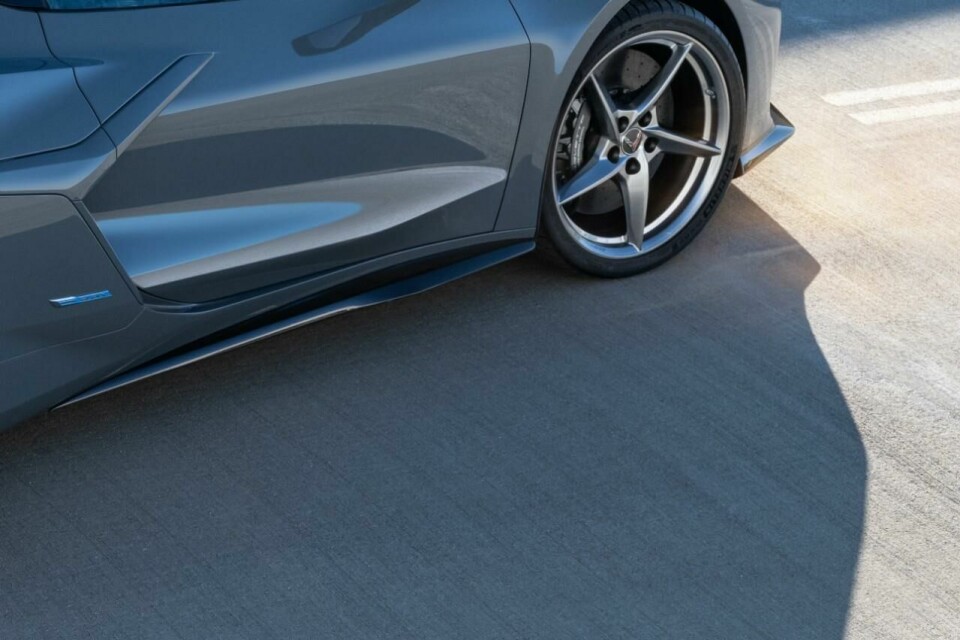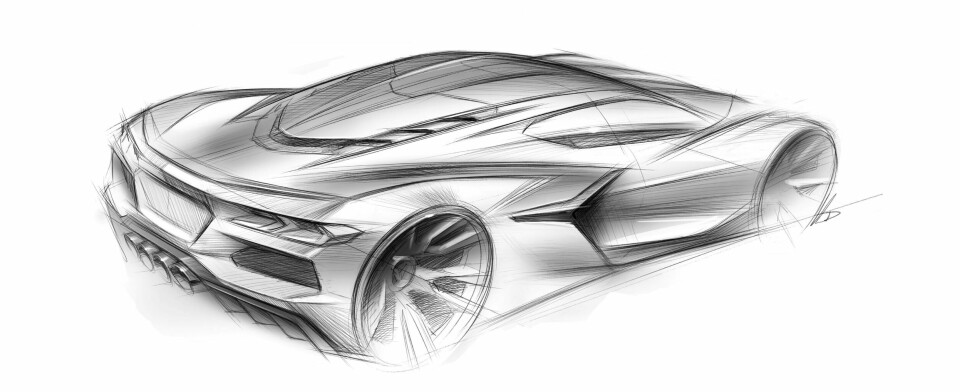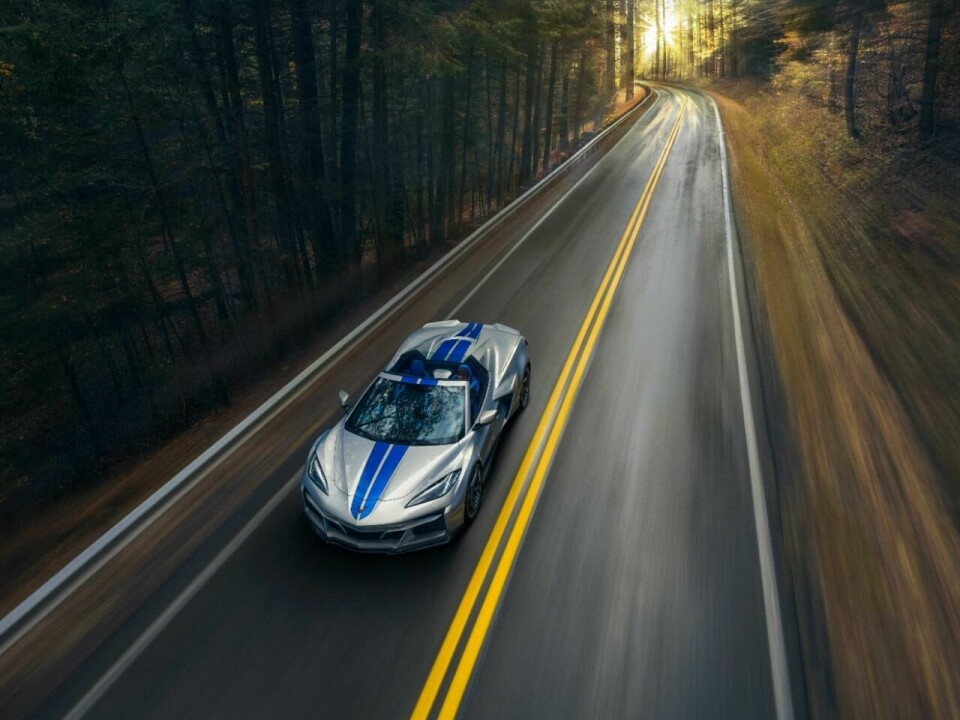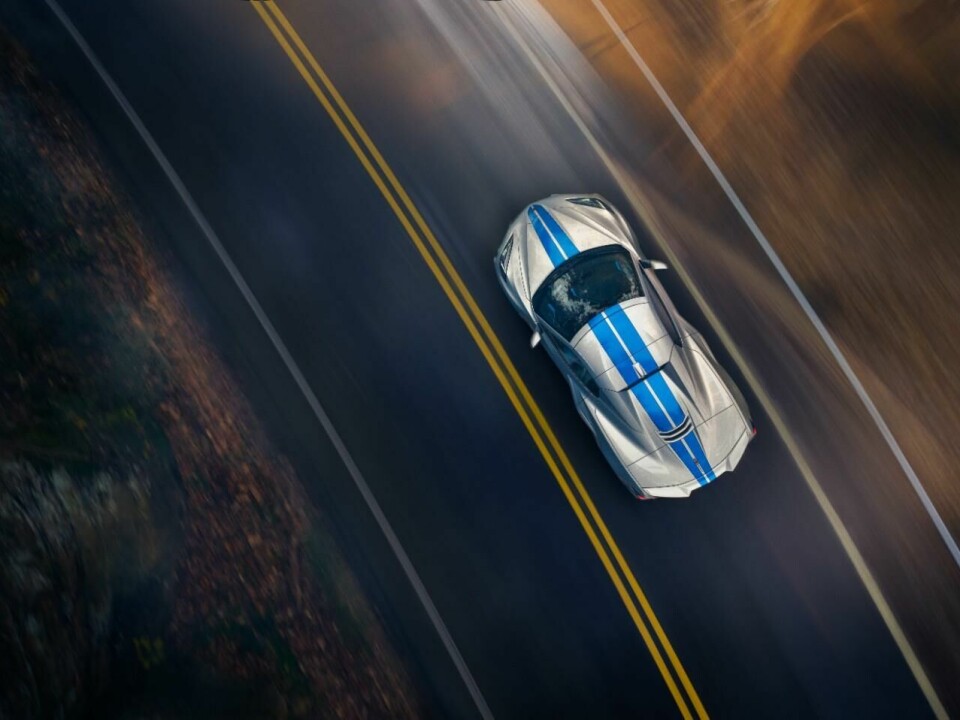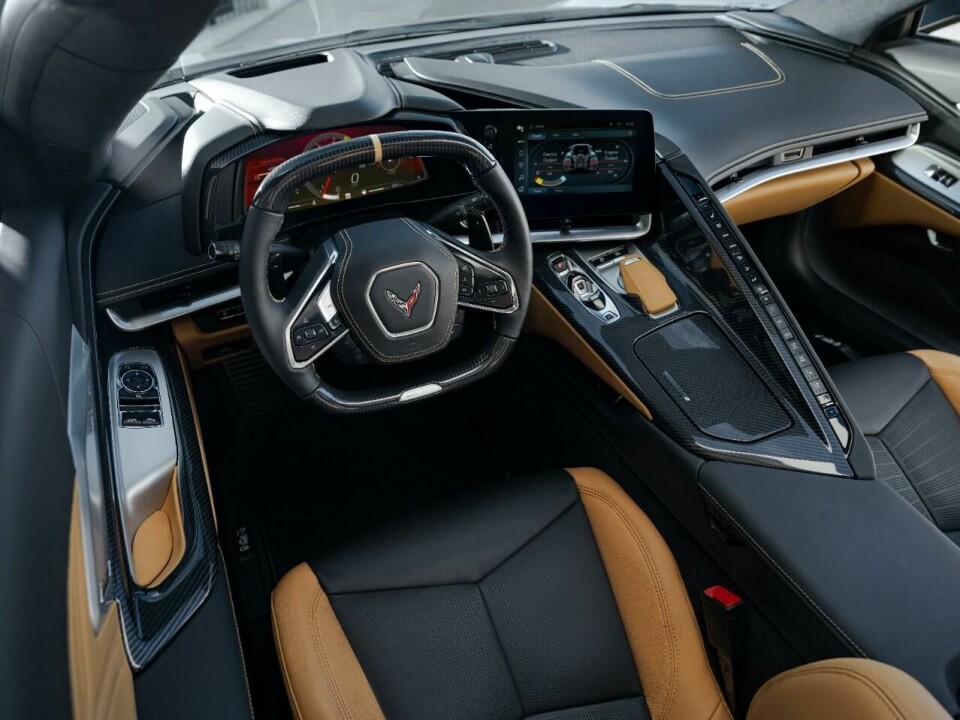
Corvette E-Ray team discusses interior strategy
The storied American sports car celebrates its seventieth anniversary with the most technically advanced and fastest model ever. Car Design News thought it would be a good time to catch up with the Corvette interiors team to learn what is new with the E-Ray interior
The Chevrolet Corvette is an American classic. In continuous production for seventy years, it has weathered the many storms that have rattled the American car market and remains one of the most recognisable and respected nameplates in automotive culture.
A new chapter in the Corvette’s storied history was opened in 2019 with the introduction of the eighth generation, popularly known as the C8. The first production Corvette to have its engine placed amidships, it is a radical departure from the front-engine models of the past. Some Corvette purists were upset by the dramatic change, but most welcomed the new engine placement, as well as the new driving dynamics and interior arrangement that the C8 had to offer.
Actually, the mid-engine idea is not a new one. Experimental Corvette prototypes with mid-engine placement go back to the 1960s, with plans to implement the program in the late 1970s and 1980s. The legendary Corvette engineer, Zora Arkus Duntov, had championed the mid-engine format for many years, and urged anyone who would listen at GM and Chevrolet to invest in experimental prototypes as proof-of-concept cars. Many of these experimental cars were rough-looking test mules, but there were some notable concept cars built, such as the stunning Chevrolet Aerovette of 1973.
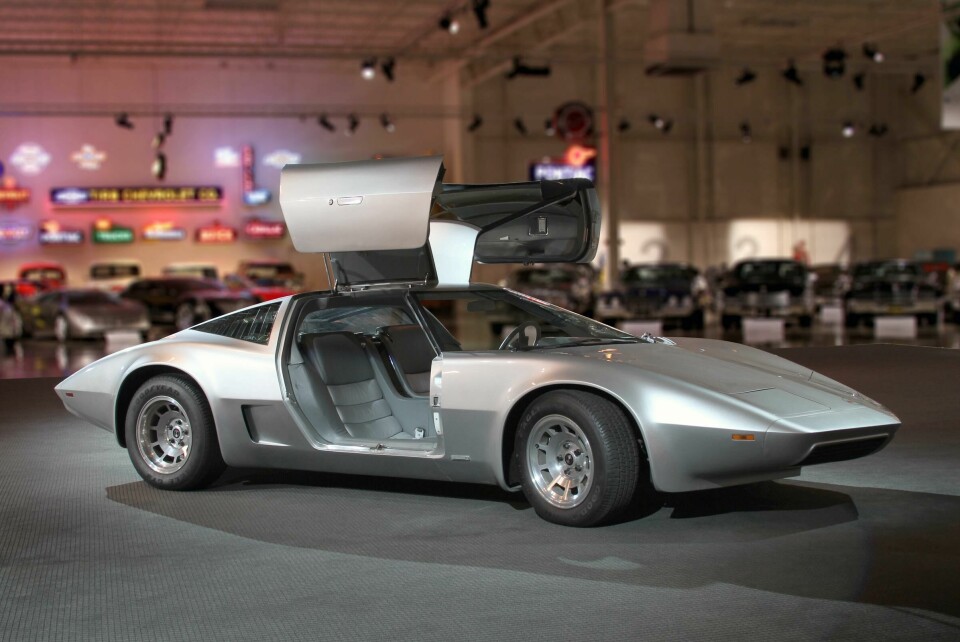
But the 1970s were difficult years for the American auto industry, and many of the mid-engine champions, luminaries such as Duntov, and styling chief Bill Mitchell, retired, and the mid-engine format seemed to retire with them. But younger true believers in the Corvette program never lost the dream of a mid-engine sports car, and in the 2010s, it was revived for a new generation.
When the C8 was finally introduced in July 2019, there was the usual analysis of every detail on the new generation Corvette. Beyond the mid-engine aspect, much attention was focused on the interior of the car. At the Los Angeles Auto show that year, we caught up with lead interior designer Tristan Murphy, who gave us a tour of the interior.
The Corvette has always had this very driver-centric interior, but this time we really wanted to dial that up to ‘11’
“When we first talked about designing the interior of the new Corvette, we wanted to create an experience unlike anything else you had ever been in. The Corvette has always had this very driver-centric interior, but this time we really wanted to dial that up to ‘11’, taking a cockpit where instruments and controls have always been in front of you and instead wrapping them around you like your own private jet cockpit.”
The wraparound elements include the strong curving door panel that has fingertip seat and window controls, and the dramatic center console with a sloping line of environmental controls, also within reach of the fingertips. The centre screen that angles towards the driver, again reinforcing the driver-focused arrangement. The steering wheel is a rounded square with, again, fingertip controls. The racing style seat is one of many interior options.
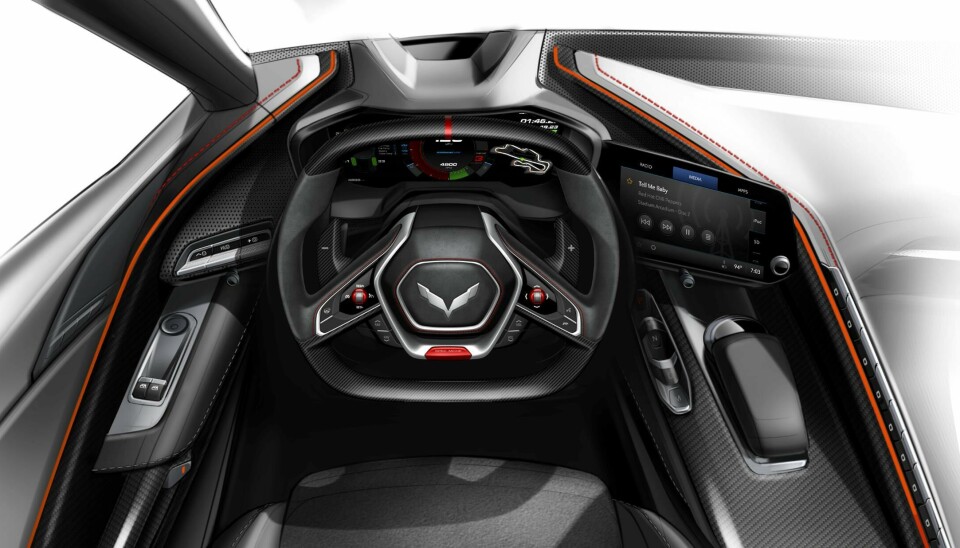
On materials, Murphy noted the team had put ”a very high emphasis on real materials across the board. If it’s leather, it’s leather, if it’s metal it’s metal, if it’s carbon fibre, it’s carbon fibre. No plastics or “faux” materials.” He continued: ”Before we ever put a pen to paper, we had conversations about how to call out these experiences as being of premium material, that even these little places that you touch have to be special. If you don’t establish this from the very beginning a lot of materials will end up being painted black plastic. We wanted each area that is touched by the customer to reinforce the idea that everything has been carefully thought about, designed, with real premium materials featured.”
Moving round the new generation ‘Vette, you notice the low cowl, the result of moving the engine. This means a lower windscreen, which means a more visible interior as you walk around the car. “There is so much excitement is on the exterior,” said Murphy. “We wanted to hold up our end of the bargain by designing the interior to be just as exciting, to make you want to climb in and pilot the thing.”
A Corvette of firsts
Fast forward to January of this year and, in conjunction with the Corvette’s 70th birthday, Chevrolet introduced the E-Ray, a hybrid ‘Vette which combined a 6.2 litre V8 engine with a 160hp electric motor and a battery pack stored in the broad tunnel between the seats. It is a Corvette of firsts – the first hybrid, the first electric (when driven in the electric “stealth” mode), the first front-wheel drive (again, when in “stealth” mode), and the first four-wheel drive Corvette. It is, paradoxically, the fastest Corvette ever due to the combination of drivetrains, and also, the heaviest Corvette ever due to the weight of the batteries and electric motor.
Car Design News thought it would be a good time to catch up with the Corvette interiors team to learn what is new with the E-Ray interior, and to get some feedback on the interior design as a whole. We were joined in conversation by Brian Stoeckel, creative design manager at Chevrolet Interiors and Emma Mikalauskas, CMF designer at General Motors.
Colour is so personal and emotional. We look beyond colour trends in the automotive space to fashion, interior design, and architecture
”With the C8 we really wanted to play more in the exotic space than past Corvette models,” observes Stoeckel. ”We didn’t want to alienate the existing customers, but we did want to bring the brand into a new dimension. And a big part of that was colour. On the interior we have the core colours, but we have expanded into multiple new colour combinations, three different seat designs, six different seat belt designs, two carbon fibre packages. All these add up to thousands of different combinations. This gives the customer an enormous range of options to make their car very personal, as Corvette are seen by their owners as an extension of themselves and their personality.”
In 2024, the introduction of the E-Ray performance app, which is located in the centre screen of the instrument cluster, will monitor the batteries and electric motors. On the physical design side, there are just two new buttons on the side of the cluster that control the start/stop function and engage ’charge plus mode’ which drags the front wheels slightly to charge the battery.
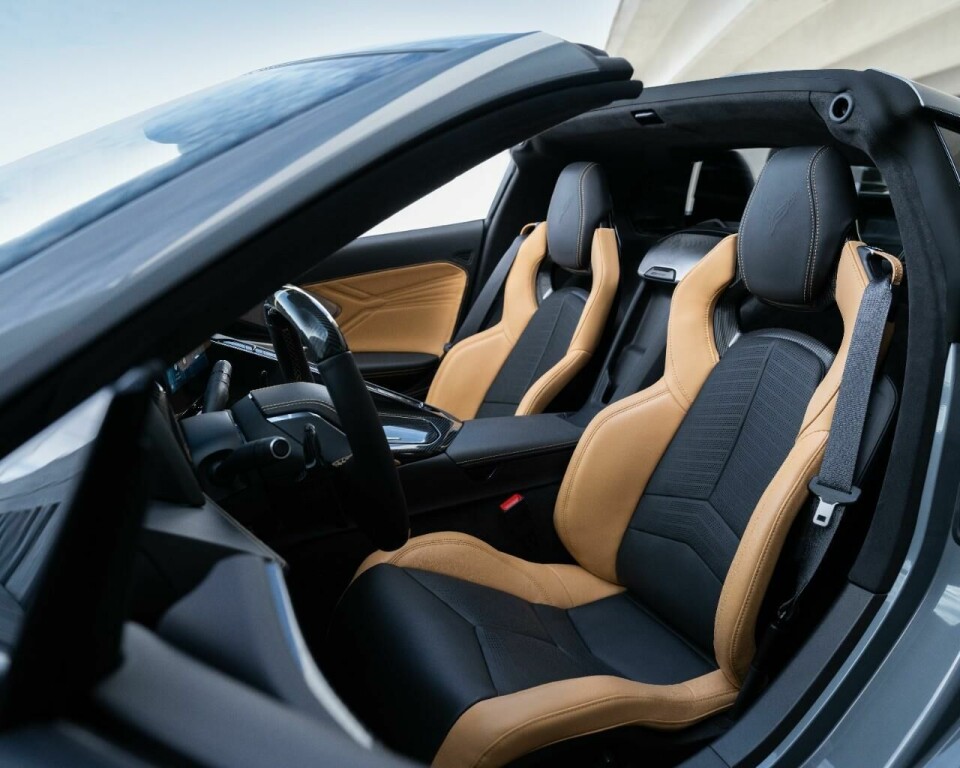
Mikalauskas adds that the interior of the E-Ray is shared by the Stingray and the Z-06. This means the E-Ray “doesn’t need to be a crazy new interior expression,” they explain, ”but an updated version of the Corvette customers have grown to love-nappa leather, suede, carbon fiber, as well as a showcase for new colors and materials.”
Colour is so much of the new Corvette identity we wanted Mikalauskas’ input on the color selection process: “Colour is so personal and emotional – we look beyond color trends in the automotive space to fashion, interior design and architecture. We are continuously working with our paint shops to develop samples that are curated for review. We then scale it up – usually painting a Corvette to see the look on an actual car. It is a particularly fun car to work with because even when it is parked, it looks like it is in motion.”
A great deal of sound isolation was designed into the cabin
There is plenty of direct feedback from customers too, and from attending Corvette events. ”These are people that live and breathe the brand, they are very passionate about colors,” says Mikalauskas. ”New technologies with paint, like micro flakes, allow us to update existing or even heritage colors and bring them to a new generation. We can guide what our customers may be interested in but also push it and test new interior color spaces. Customers love the colors and more palettes which range from sophisticated grand touring colors to outrageous oranges and reds.”
On inspecting the interior materials – the leather, metals, carbon fibre and more – both designers noted the premium touches everywhere, something that had been notably absent on previous models. Too many generations of Corvette design focused on the exterior and neglected the interior, often using standard elements from Chevrolet’s parts bin. This began to change with C7 but has reached its full potential in C8- not only in their implementation, but the quality of their construction and assembly.
“Details matter,” says Mikalauskas. “For instance, we use a heavier thread for stitching – a 210 weight instead of standard 135 – a slight change, but higher in quality, and decorative as well as functional. Also, the badging is unique to the E-Ray, a surprisingly important detail.”
“Also, the carbon fibre pieces are not veneers but actual autoclaved carbon fibre,” noted Stoeckel. “These were formerly reserved for the track-focused Z-06, but are now available for a broader customer base.”
A mid-term review
Returning to the dramatic change from front to mid-engine, the ’Vette designers explained how that placement had ”completely reconfigured” the cabin architecture, and the placement of the driver. “From C7 to C8 the driver has been moved forward a lot,” explains Stoeckel, ”and the steering and brakes are more responsive, changing the character of the car. It’s been very popular with the Corvette community.”
The Corvette faithful have joined us on a journey into the future
As for other customer feedback, there were some who were concerned about placing the engine behind the cabin occupants – would it be too loud? As it turns out, the quality of the cabin materials, and the sound deadening, manages this nicely. “It creates more theater and makes the car feel more expressive,” continues Stoeckel. “Keep in mind that in previous Corvette models the passenger compartment was open to the trunk, so there was plenty of road noise. In the C8, the cabin is more isolated from the engine compartment and the road, and a great deal of sound isolation was designed into the cabin.”
The glass separating the cabin from the engine compartment is acoustically laminated, for rexample, and there is noise cancellation technology to remove some of the belt and pulley noise from the cabin, leaving only the rumble of the V8. And now, in the E-Ray, when in the electric ‘stealth mode,’ the subtle whine of the electric motors make the C8 feel like a spaceship, he suggests, which is ”totally different from previous models and even the C8 Stingray.”
“Customers are very fond of the amount of customisation both in terms of colors and materials,” adds Mikalauskas, “as individualisation is very important to our customers. Many are also surprised at how practical the storage is. A lot can be done with the front and rear trunks: you can carry two sets of golf clubs, and a surprising amount of groceries can be placed in there.”
A journey into the future
For 2024, the Corvette will be available in three models; the Stingray, the gateway car to the Corvette universe; the E-Ray, which will be positioned as the grand touring/all-weather car; and finally, the Z-06, which is the track-focussed model. There have been rumors of other models as well, but time and market conditions will affect those plans, if they do in fact exist. For the moment, it seems that the Corvette’s position as an American automotive legend has not only been secured for a new generation, but enhanced.
“The C8 is much more modern and seems to distance itself not only from previous Corvettes, but other General Motors products as well. It’s very special, as it should be,” sums up Stoeckel. And as Mikalauskas puts it: “The Corvette faithful have joined us on a journey into the future.”
